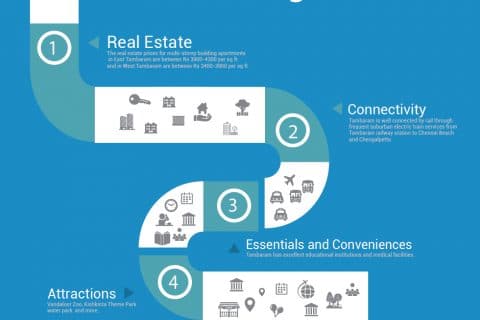The Big Temple at Thanjavur has drawn Sheila Sri Prakash to it repeatedly. “The temple evokes a bhava, you feel small in its presence”, she says, with a sparkle in her eyes. “It is the one place that celebrates dance, and this was my mother’s calling,” says her daughter, Pavitra. The mother-daughter duo’s architectural firm — Shilpa Architects — draws inspiration from a holistic Indian philosophy that merges with smart technology. Internationally recognised for her work in sustainable architecture, Sheila was recently presented the Honorable Architect Award by the Indian Institute of Architects. “This recognition is the most special,” says Sheila. She is on the Architectural Digest’s list of 50 most influential architects this year and the only Indian in Archute’s 40 Famous Architects of the 21st Century.
This pioneering woman architect turns the tables on the adage — ‘Writing about music is like dancing about architecture’. Her design principles derive from emotive and spatial relationships of her dance practice, which began at the age of four-and-a-half years. Sheila says, “In dance, we do what is called a Sanchari, where we explain — in the beginning there is a river, there is a tree, there are birds twittering — then the characters come in and the story plays out. I learnt it formally as the art of dance, so obviously creating these spaces came very naturally to me.”
Shilpa Architects’ LEED Platinum certified office, The Muse, is proof of tactile experiences, sound, and light, freely circulating through spaces, stimulating interactions across three floors. Up a ramp, past a specially crafted statue of Vishwakarma, the main wooden door resembles a temple door. Opening it, you enter a vaulted bricked lobby to experience a moment of the infinite — Akhand. Spaces greatly influence people’s well-being, believes Sheila, who developed the theory of ‘Spaciology’. Inspired by nature and traditional architecture, she endeavours to design unobtrusively, using the transparency of glass to create conversations with the landscape. “This building has been envisaged as a living organism that facilitates creative thinking. It provides you the envelope, gives you privacy, allowing collaborations with others, but at the same time does not disconnect you from the outside”, says Sheila.

Sustainability here is about leveraging natural resources to the full extent — ‘day-lighting’ maximises the use of natural light and reduces dependence on artificial lighting. Solar panels supply 30 per cent of their power requirements. Hybrid-cooling systems provide a comfortable temperature with the right humidity using energy-efficient systems. Everything is recycled. Organic waste is composted and the cycle is complete ensuring self-sufficiency. Pavitra says, “Sustainability comes very naturally to our practice. When my mother started her practice, it was more about cost-effective buildings.
For instance, by using 30 per cent less of a brick tile, you can create an air gap that will cool the interiors by 5 per cent. We source materials within the region as far as possible. Geography is everything.” Their office was in fact 8 per cent cheaper than regular construction cost.
Speaking of the challenges faced as an architect, Sheila says, “We are making a building for an end-user, unlike an artist, who has fewer constraints.” Their team envisages a holistic socio-cultural-economic sustainability approach, where renewing environments is only the tip of the iceberg. In 1987, Sheila proposed ‘a roof over your head’ system, introducing the concept of incremental housing, giving owners flexibility to build at different stages of their lives. This ‘grow as you can’ philosophy evolved to a radical ‘Reciprocal Housing’ approach. She was invited by the World Economic Forum in 2012 to develop the reciprocity of cities.

“Ultimately, creating smart cities means responding to the local culture and geography,” says Sheila. “Technology is but a tool.”
In one housing scheme, Shilpa Architects delineated pathways — a hopscotch-paving pattern for children and a gentle meandering walking path for older people — responding differently to varied age groups. In another housing project, an exhibit space lets women display skills — from embroidery to kitchen gardening. At Cholamandal’s gallery, a central well expands the visual range horizontally and vertically, so that the spaces for art are not cloistered. Committed to bringing local art into buildings, at Mahindra World City Clubhouse, they commissioned a Kalpataru (a wish-fulfilling divine tree in Hindu mythology) with Tanjore art motifs. Outside, three steps embracing an amphitheatre-like stage encourage activities for children. A freestanding bamboo reed wall rustles in the wind.
These thoughtful endeavours bring communities together to create a balance in activity and subtly engage our consciousness. The secret ingredient, really, is celebrating the unique Indian approach to the arts — a holistic engagement across platforms, from dance to architecture.
This article was originally published on www.thehindu.com dated November 13, 2015.
Image Credit: www.thehindu.com






Great Article! Thank you for sharing this very informative post, and looking forward to the latest one.